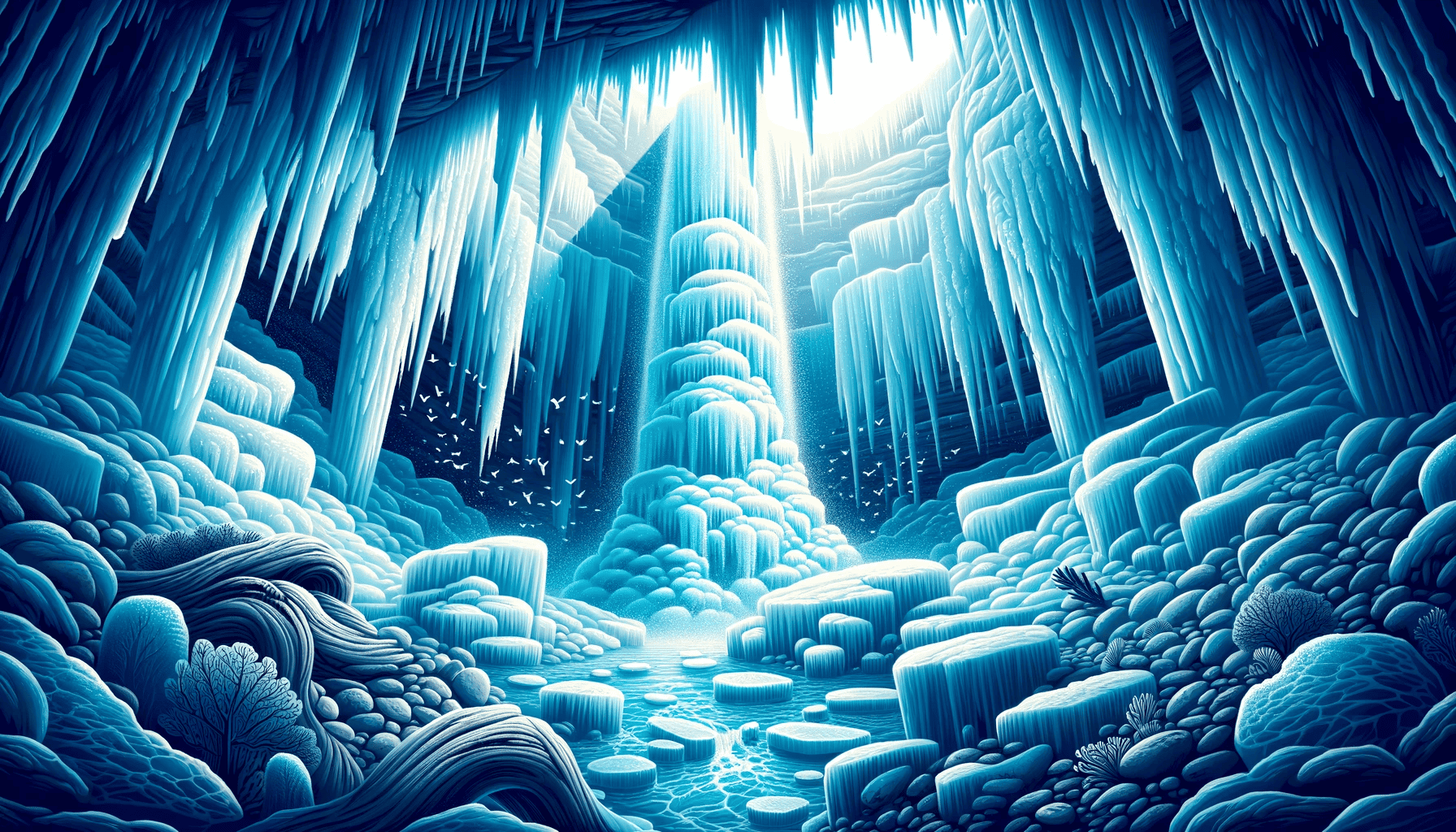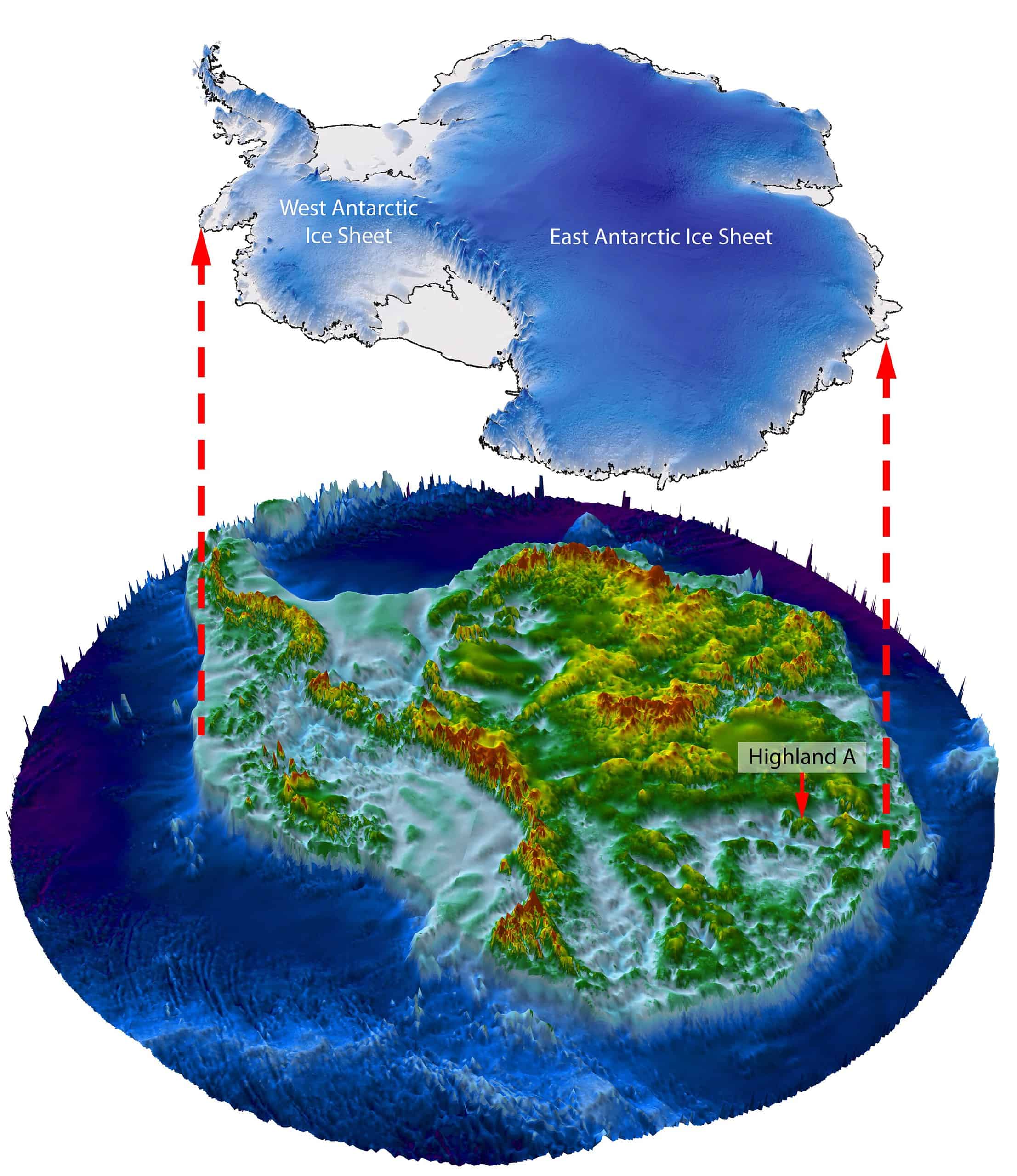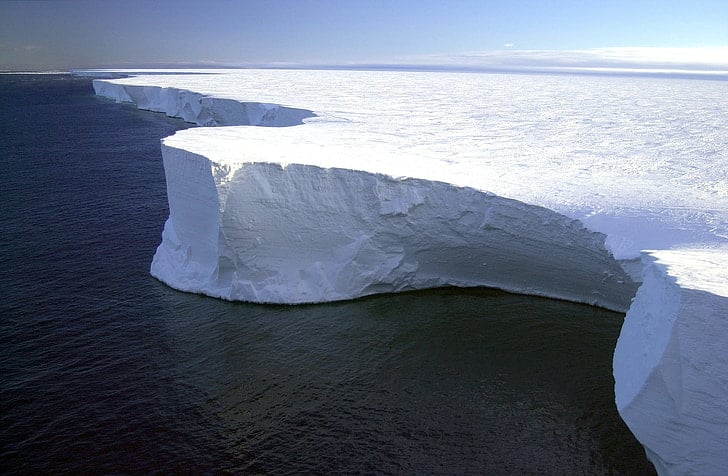
Scientists have just uncovered an ancient hidden landscape larger than Belgium, carved by ancient rivers and tucked away under the Antarctic ice.
While most of the terrain under Antarctica’s huge ice sheets has been weathered and worn down over time, this small patch near the Aurora and Schmidt subglacial basins has remained virtually untouched for an astonishing 34 million years.
“It is an undiscovered landscape — no one’s laid eyes on it,” Stewart Jamieson, the lead author of the study and a glaciologist at the UK’s Durham University, shared with genuine excitement.
To make this study all the more exciting, this discovery wasn’t the result of new data but rather of a fresh perspective.
A glimpse into a hidden land

The East Antarctic Ice Sheet remains, in many ways, more mysterious than the surface of Mars. To explore what’s beneath, scientists use planes to send radio waves into the ice, a technique known as radio-echo sounding. But given Antarctica’s vastness, larger than Europe, scanning every inch is an enormous challenge.
Jamieson and his team, however, had a different approach. Using existing satellite images, they detected subtle variations in the ice’s surface that traced valleys and ridges more than two kilometers below the ice. By combining these images with radio-echo sound data, a picture began to form. The undulating ice above mirrored the dramatic topography beneath, giving researchers a “ghost image” of the ancient landscape lying about 300 kilometers inland.
Formed around 34 million years ago, the East Antarctic Ice Sheet (EAIS), the planet’s largest, has witnessed the dance of time — advancing, retreating, thickening, and thinning in harmony with Earth’s ever-changing temperatures and climate. While it has predominantly remained stable for the past 14 million years, the true extent of its retreat during warmer periods is still under debate. But this newly discovered landscape offers some important clues.
The hidden landscape, spanning 32,000 square kilometers, was once alive with trees, forests, and wildlife not all that different from what you can see in South America. Then, the ice took over, burying East Antarctica’s meandering rivers.
The last time sunlight kissed this concealed terrain is not yet clear. While some suggest it’s been at least 14 million years, Jamieson believes it might have been as far back as 34 million years ago, tracing back to when Antarctica first became the frozen continent we know today. The only way to tell for sure would be drilling through the ice to sample the rock and sediment below, confirming its age.
In the words of the researchers, “Hidden landscapes like these might just be the tip of the iceberg.”
The past echoes into the future

Despite the intriguing discovery, there’s a looming shadow. Climate change threatens to unveil this ancient world. The team’s findings indicate that our current trajectory could recreate atmospheric conditions similar to those 14 to 34 million years ago. Although this newly discovered landscape lies deep inland, its exposure remains a distant yet real possibility.
Jamieson remains hopeful, noting that past warming events haven’t melted the ice enough to reveal this ancient landscape. However, the tipping point for a catastrophic melt remains unknown. With neighboring regions showing accelerated melting, the future of Antarctica’s hidden wonders hangs in the balance.
The findings appeared in the journal Nature Communications.






